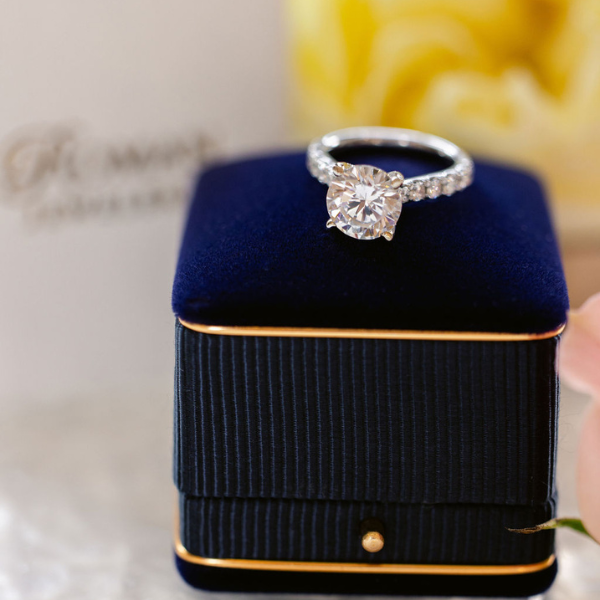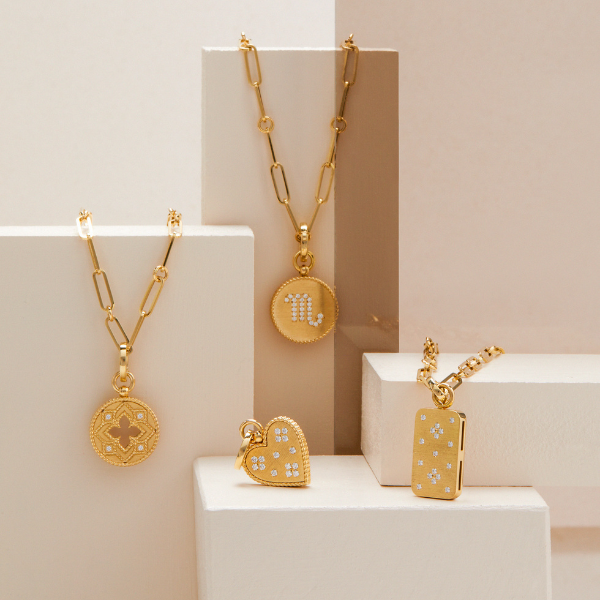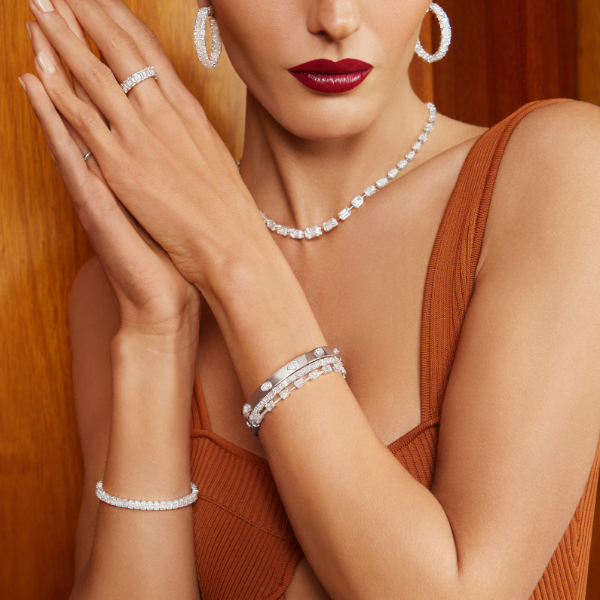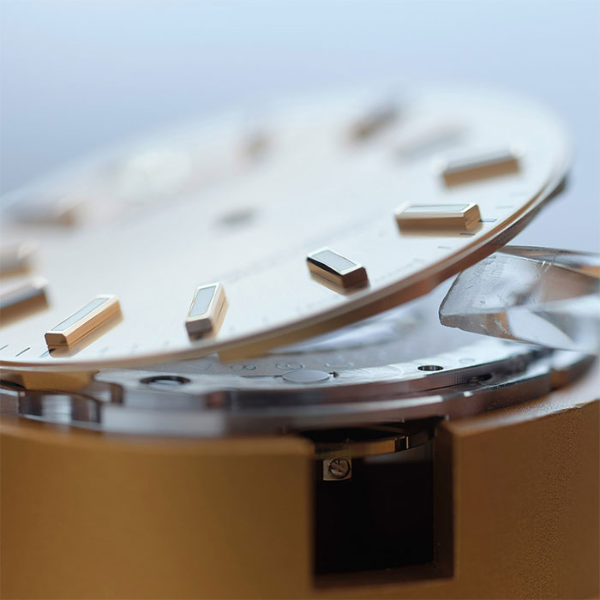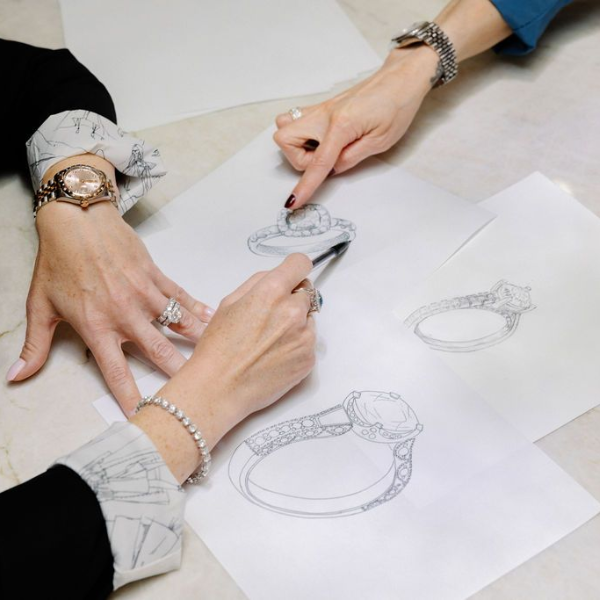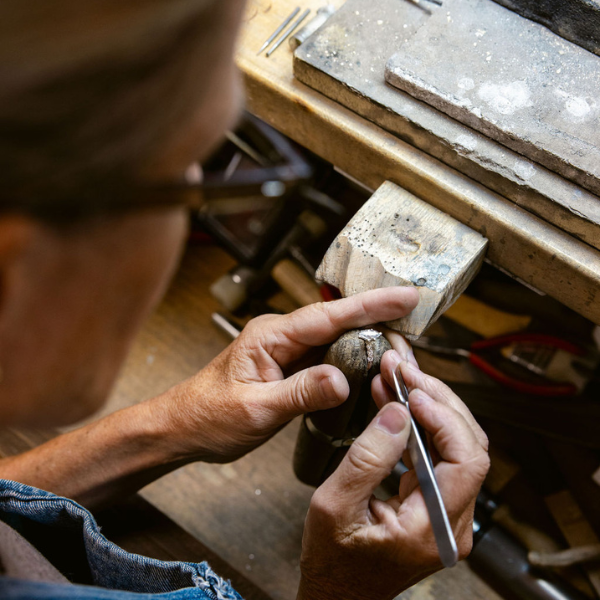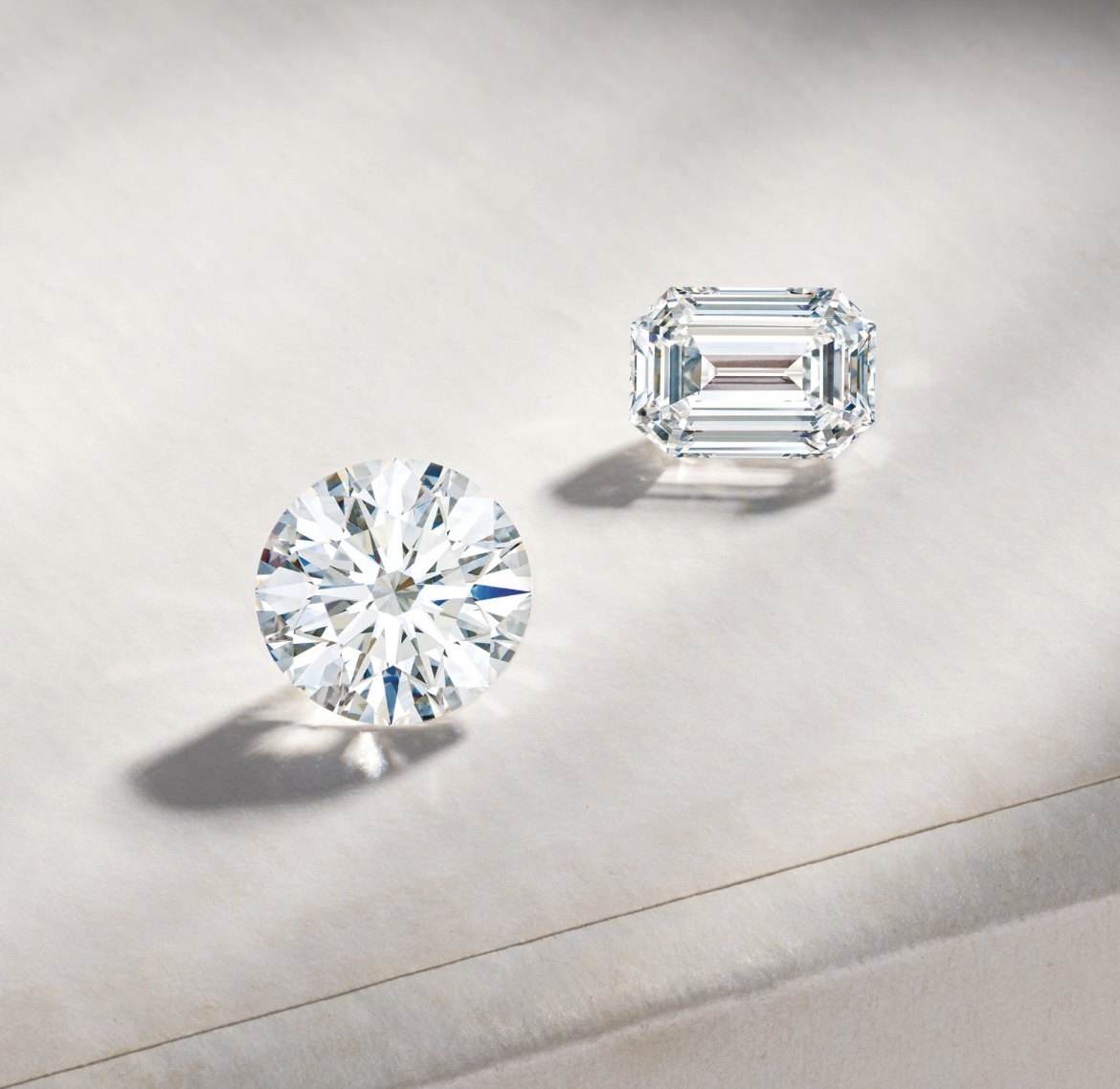What’s shiny, hard, and sparkles like there’s no tomorrow? If you guessed “a diamond” ...you’re correct!
So, let's dive into the scintillating world of diamonds. Specifically, we'll explore the key similarities and differences between lab-grown and natural diamonds. Before we begin, I would like to make you a promise...
By the end of this article, you'll have a clearer understanding of these two types of diamonds and be prepared to make an informed decision when it comes to choosing the perfect diamond for your needs.
Since lab-grown diamonds are virtually indistinguishable from natural diamonds to the naked eye, it's so important to know what you're looking at (and ultimately purchasing).
Follow along as we delve into the world of diamonds and learn what makes each type of stone special and unique!
Overview of Natural Diamonds
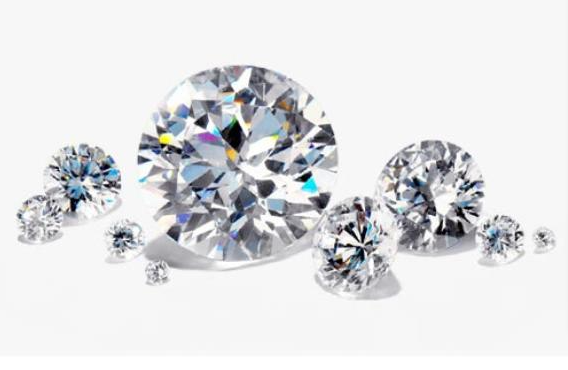
Let's begin by talking about a mined diamond, also known as a natural diamond, which is formed deep within the Earth over billions (yes...with a "b") of years. Natural diamonds are created when carbon atoms are subjected to immense heat and extreme pressure deep within the Earth's surface.
The process to form a natural or mined diamond typically takes between 1 and 3 billion years. They are created from carbon atoms that bond together to form a crystal lattice structure, resulting in the hardest known substance on Earth.
The journey of a natural diamond begins with volcanic eruptions, which carry these precious crystals to the planet's's surface, where they are eventually discovered through mining (think of it like a conveyer belt of molten lava that carries the stones upward).
Natural diamonds have captivated humanity for centuries. These exquisite gemstones possess a timeless allure and hold a special place in the world of luxury and romance. When proposing to a loved one, there are not many things more special than a natural diamond, whose beauty is only second to the time it actually takes to create one.
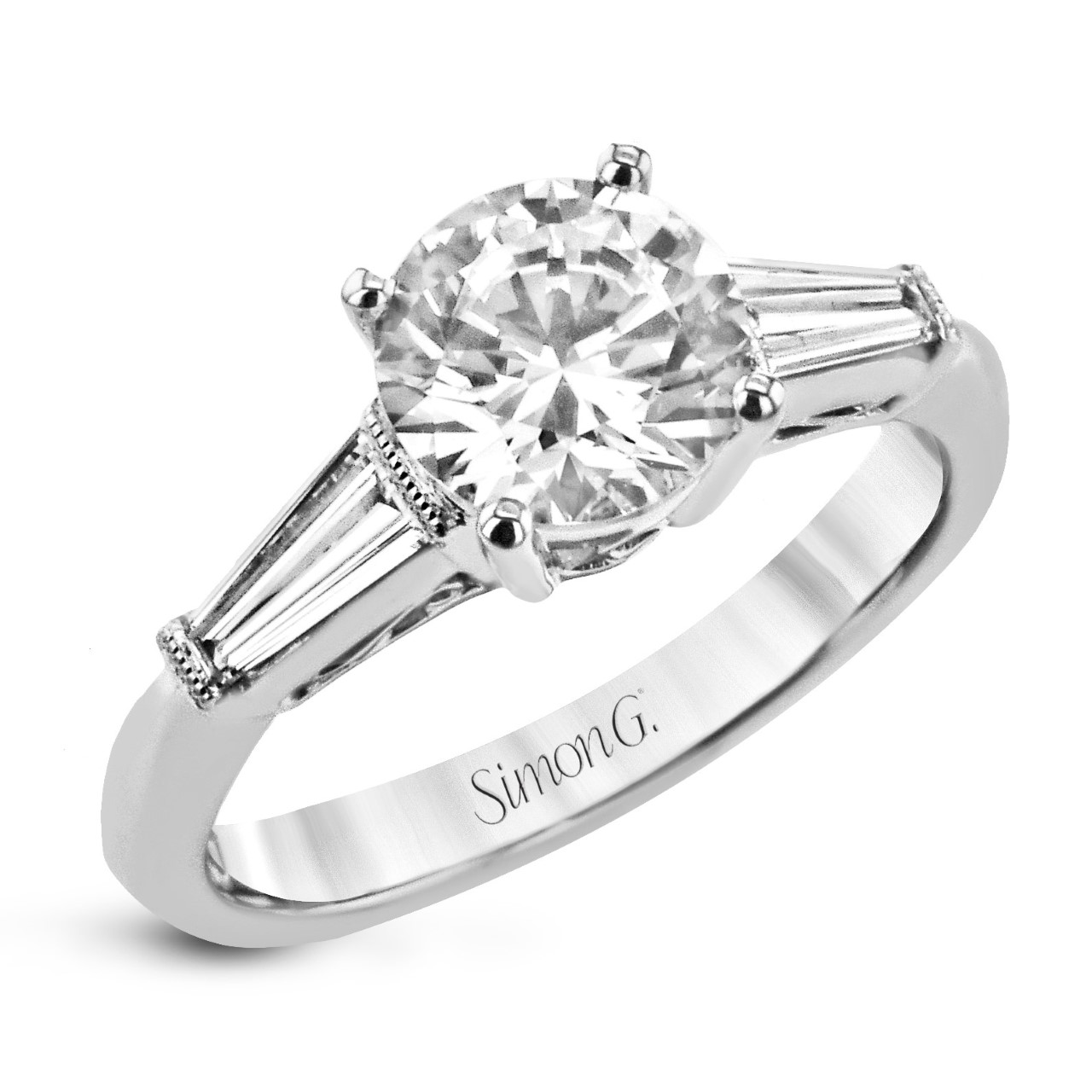
One of the most intriguing aspects of natural diamonds is their remarkable range of colors, clarity, and carat weight. Diamonds are graded using the renowned GIA's (Gemological Institute of America) grading system, the 4Cs: carat, color, clarity, and cut.
Each diamond possesses a unique combination of these characteristics, contributing to its individual beauty and value. Natural diamonds are celebrated for their unparalleled brilliance, scintillation, and fire, which are attributed to their exceptional optical properties.
Natural diamonds have long symbolized love, commitment, and prestige. The rarity and enduring beauty of these gems have made them highly sought after for engagement rings, fine jewelry, and even investment purposes.
The emotional significance and cultural symbolism associated with natural diamonds have solidified their place as a timeless expression of love and a tangible representation of life's most cherished moments, such as an engagement or anniversary.
While natural diamonds are undeniably breathtaking, concerns have been raised about the social and environmental impact of diamond mining (something we will dive a little deeper into in a future blog).
Natural diamonds are some of nature's natural miracles, offering unparalleled beauty and a connection to the Earth's ancient history. Their incredible allure, timeless appeal, and symbolic significance have made them cherished heirlooms and a true treasure.
As technology advances and ethical practices evolve, the diamond industry continues to strive for a balance between the natural wonders of the Earth and the ethical considerations necessary to preserve its beauty for generations to come.
Key Points about Natural Diamonds
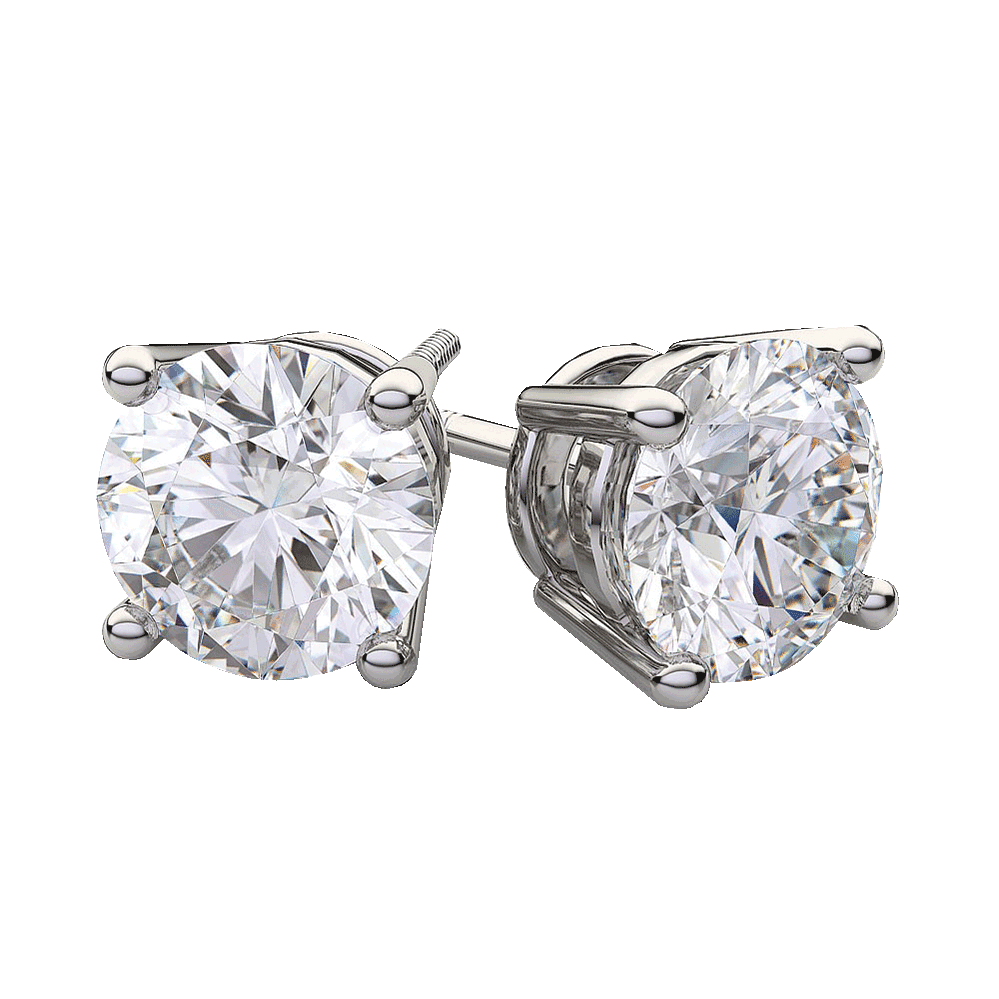 Rarity:
Rarity:
Natural diamonds are incredibly rare, which contributes to their high value. The process of their formation is a geological marvel that occurs under extreme conditions of heat and pressure.
Imperfections:
Natural diamonds often have imperfections, known as inclusions, which can affect their clarity and value. Inclusions are formed during the diamond's growth process and are unique to each stone.
Cost:
Due to their rarity and the complex process of mining, natural diamonds tend to be more expensive than lab-grown diamonds.
The “Love” Factor:
Many people are drawn to the romanticism and historical significance associated with natural diamonds. They hold a timeless allure and have been universal symbols of love and commitment for centuries
Overview of Lab-Grown Diamonds
Let's shift our focus to the other side of this diamond-studded table: lab-grown diamonds. Lab-grown diamonds are also known as synthetic or cultured diamonds and are similar to natural diamonds at a molecular and atomic level.
As the name suggests, these diamonds are created in controlled laboratory environments that mimic the natural conditions required for diamond formation (mainly heat and pressure). While there are a finite number of natural diamonds within the Earth, lab-grown diamonds can be (and are currently) created in much greater quantities.
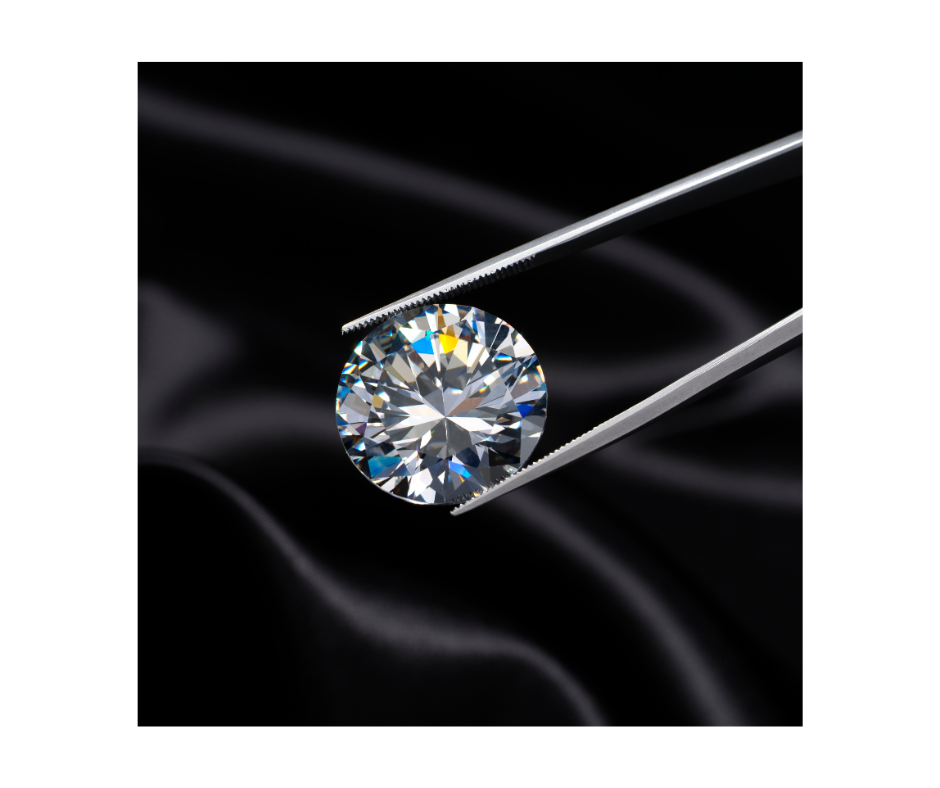
Lab-grown diamonds possess the same captivating sparkle, durability, and clarity as natural diamonds. Gemologists also categorize a lab-grown diamond using the same 4Cs as a natural diamond: carat weight, color, clarity, and cut. The color range varies from completely colorless to fancy colored diamonds, offering a wide array of choices to suit personal preferences.
One of the significant advantages of lab-grown diamonds is their ethical and environmental appeal. Unlike natural diamonds, lab-grown diamonds do not require mining, reducing the negative ecological impact. Additionally, they are free from the controversies surrounding conflict diamonds, ensuring a responsible and socially conscious choice.
While lab-grown diamonds share many characteristics with their natural counterparts, they do have some distinctions. The resale value of lab-grown diamonds may be lower, reflecting the market's current perception.
However, as awareness and demand for lab-grown diamonds grow, this landscape may change. It's important to select a reputable jeweler to ensure the quality and authenticity of the diamond.
Key Points about Lab-Grown Diamonds
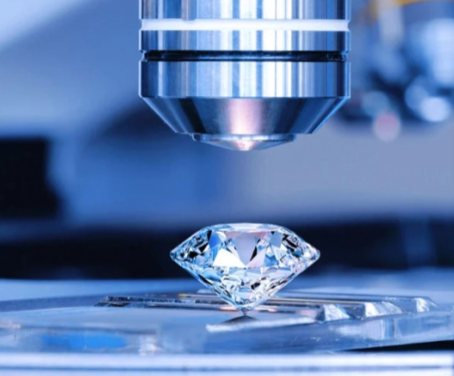
Creation Process:
To create diamonds, one of two processes are generally used: High Pressure-High Temperature (HPHT) and Chemical Vapor Deposition (CVD). These processes involve replicating the extreme heat and pressure conditions found deep within the Earth.
The same parameters are used to create both types of diamonds, with lab-grown diamonds having those conditions artificially created in a laboratory setting.
Chemical Composition:
Lab-grown diamonds have the same chemical composition and structure as natural diamonds, consisting of pure carbon atoms arranged in a crystal lattice structure. This means they exhibit the same physical and chemical properties as natural diamonds.
Clarity and Purity:
Lab-grown diamonds are often praised and admired for their exceptional clarity. Since they’re created under controlled conditions, they typically have fewer inclusions compared to natural diamonds. This can result in a higher clarity grade and a more visually appealing stone.
Cost-Effectiveness:
One of the most significant advantages of lab-grown diamonds is their affordability. As they can be produced in a controlled environment, in greater quantities and much more quickly, their supply is more abundant, resulting in lower prices compared to their natural counterparts.
Ethical and Environmental Considerations:
Lab-grown diamonds are generally considered more sustainable and ethical as they do not require diamond mining, which can have negative environmental and social impacts. This is a topic we will dive deeper into in a future blog so be on the lookout!
Key Similarities between Lab-Grown and Natural Diamonds
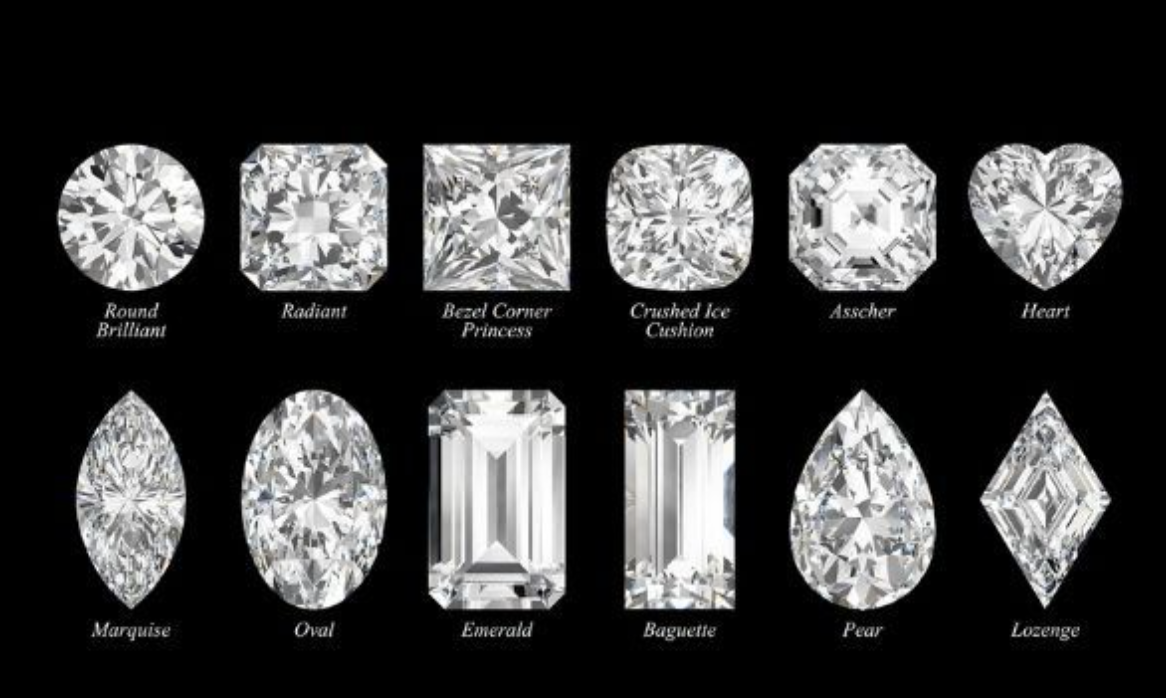
Beauty and Brilliance:
Both lab-grown and natural diamonds exhibit exceptional beauty and brilliance. Their physical properties, such as brilliance and scintillation, are virtually identical on a molecular level.
Hardness:
Diamonds, regardless of their origin, are the hardest naturally occurring substance on Earth. They score a perfect 10 on the Mohs scale of mineral hardness. Here’s a fun fact for you! A diamond is so hard that the only substance that can scratch it...is another diamond! Speaking of scratching...
Durability:
Both lab-grown and natural diamonds are incredibly durable and resistant to scratching. This durability makes them ideal for everyday wear as engagement rings or other jewelry pieces.
Are Lab Diamonds As Beautiful As Natural Diamonds?
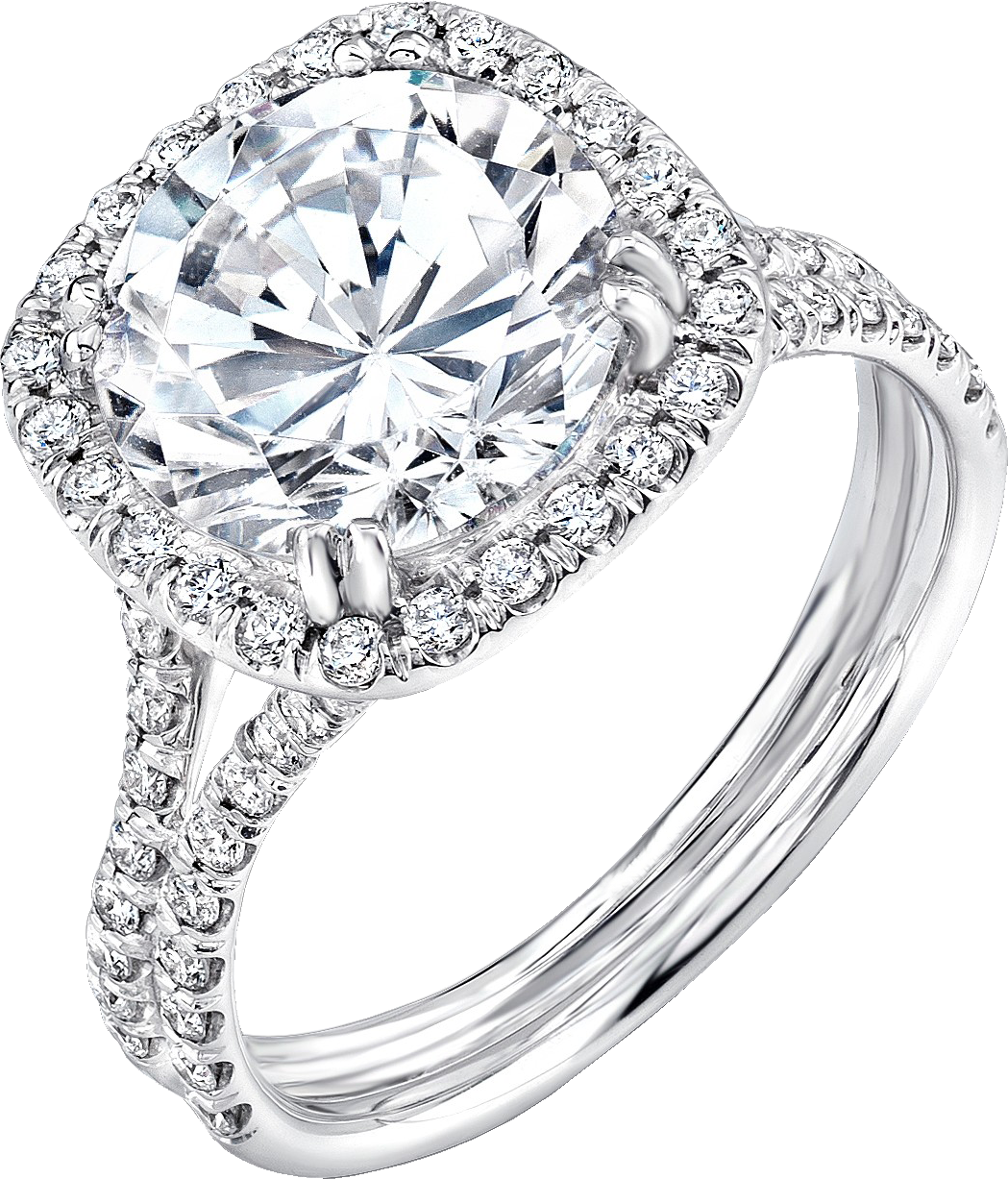 The lab-grown diamond is the exact same as diamond mined from the earth. Lab-grown diamonds have identical characteristics to Earth mined diamonds, except that the lab-grown are grown in the lab environment. They possess similar chemical physical and optical properties to mining diamonds and exhibit the same fire scintillating and glittering.
The lab-grown diamond is the exact same as diamond mined from the earth. Lab-grown diamonds have identical characteristics to Earth mined diamonds, except that the lab-grown are grown in the lab environment. They possess similar chemical physical and optical properties to mining diamonds and exhibit the same fire scintillating and glittering.
Lab-grown diamonds have a crystalline structure identical to natural diamonds. It's just where the two are formed that separates the two. Visually, nothing is different. Diamonds are produced from laboratories and natural products in a range of colors, textures and clarities. Natural diamonds contain trace levels of nitrogen, but lab grown diamonds have none. This is actually one of the indicators gemologists use to determine whether a diamond is lab created or natural.
As always, it’s important to understand that the choice ultimately depends on your personal preferences and needs. Natural diamonds offer timeless appeal and hold rich historical significance, while lab-grown diamonds provide a more affordable and ethically conscious alternative without compromising on aesthetic (i.e., a beautifully looking stone).
Whether you choose a natural or lab-grown diamond, it's essential to consider things like budget, personal values, and the specific characteristics of the diamond itself. Being that the two types of stones are optically identical, the choice falls on your (yes, you) very capable shoulders.
So, ask yourself...would you be interested in a natural diamond which was mined from Mother Earth and has a sparkle that took the planet millions of years to create?
On the other hand, would you like a stone of the same brilliance and chemical makeup that has much less resale value and "rarity factor". The good news in all of this is that there is truly no wrong answer. It is like having every flavor of ice cream in your freezer...no matter what you choose, it will be the right choice for you and your loved one.
Diamonds are a timeless symbol of love, devotion, and commitment, and the choice between the two types should reflect what resonates most with you. When searching for something like, for example, a diamond ring, what matters most is which type of stone resonates with you and your loved one as a symbol of your love.
Don’t be afraid to ask questions also! Most jewelers (including your local jeweler) can provide invaluable information to help guide you towards your perfect stone.
To learn more, here are a couple resources that might help you learn a little more:
Click here to visit the Natural Diamond Council
Click here to visit GIA's official website
Or just stop by Roman Jewelers in Bridgewater, NJ. We will gladly show you the two choices; natural and lab-grown diamonds. The decision of what you prefer is yours.
Happy Diamond Hunting!









